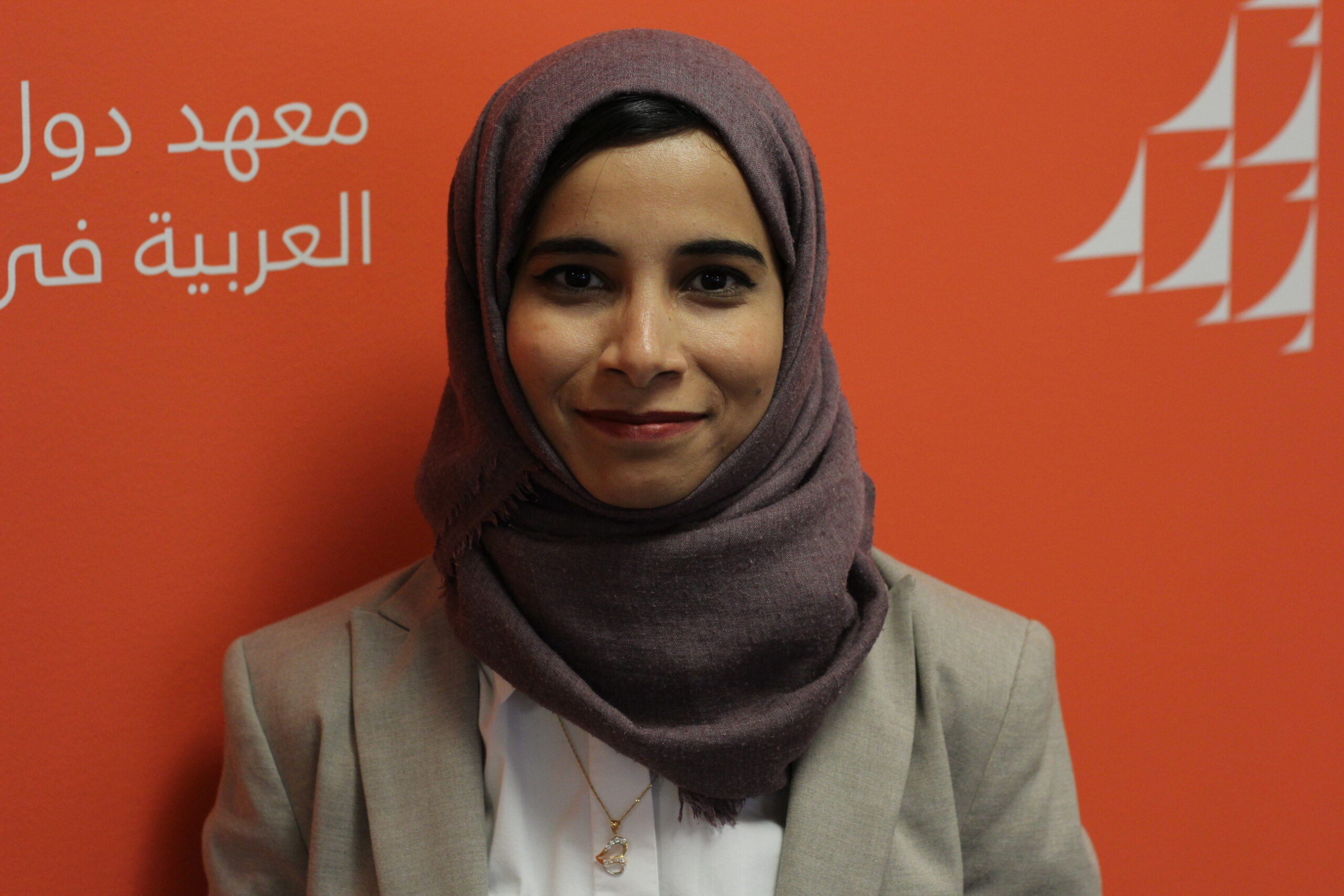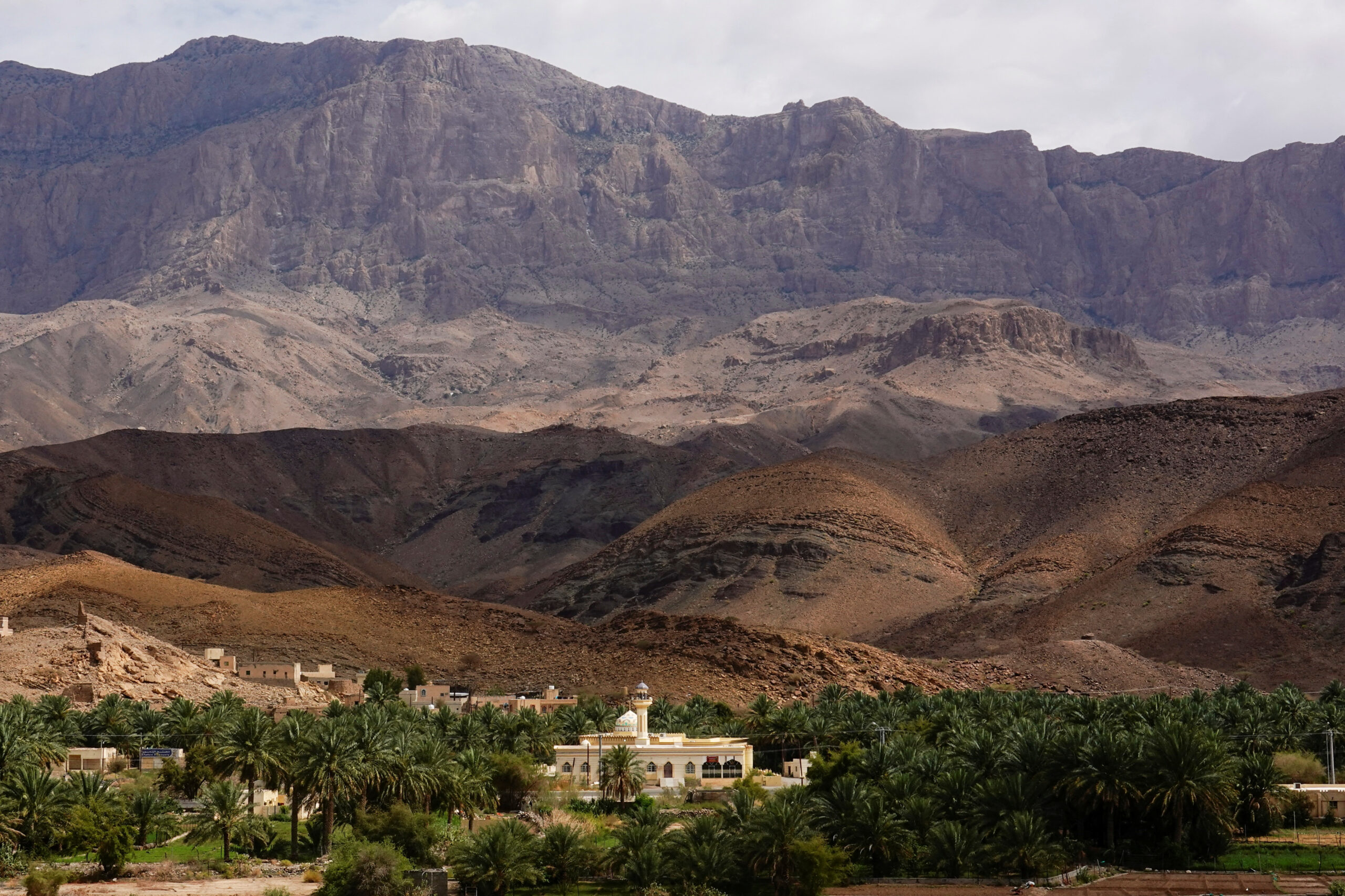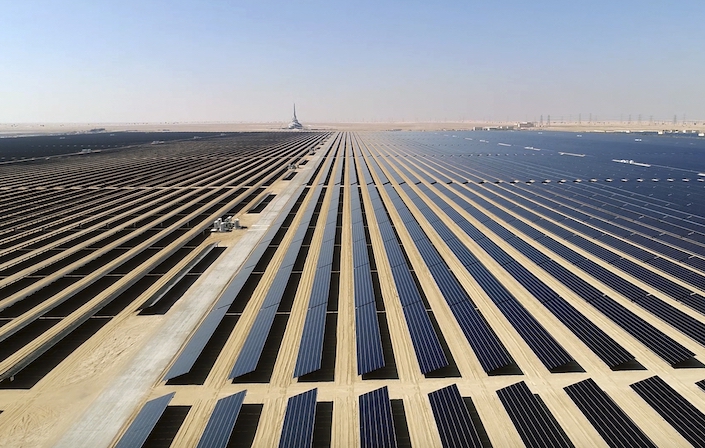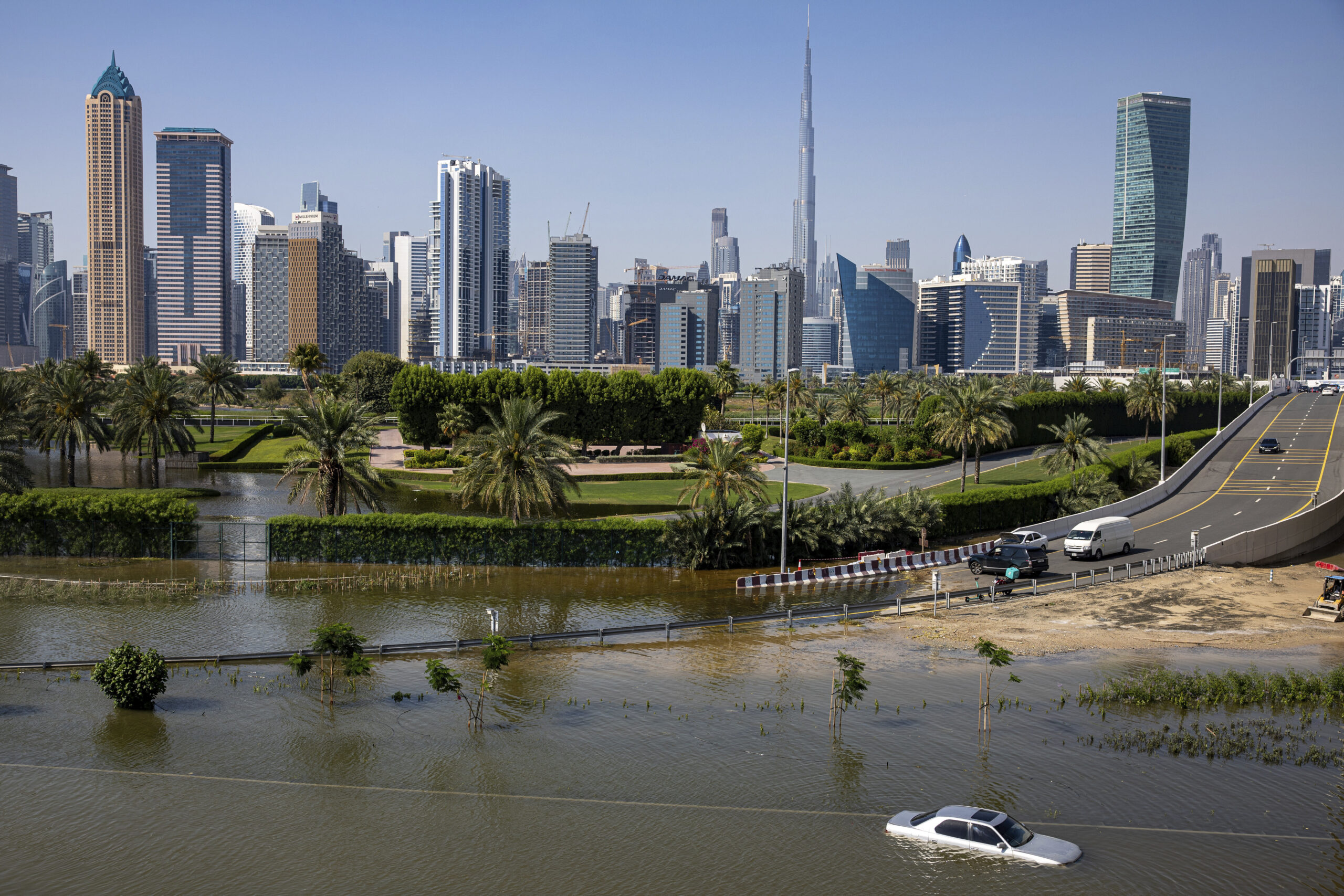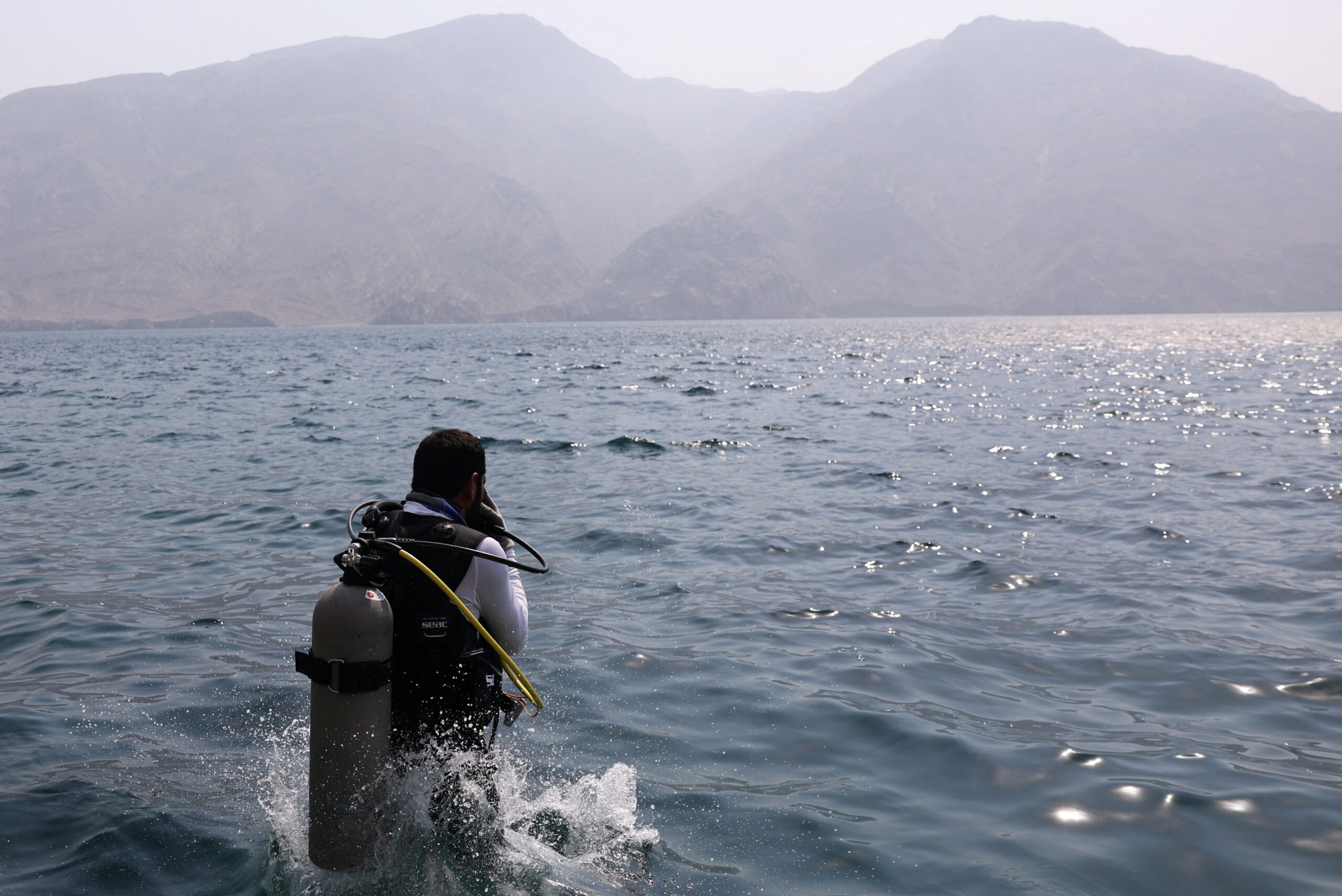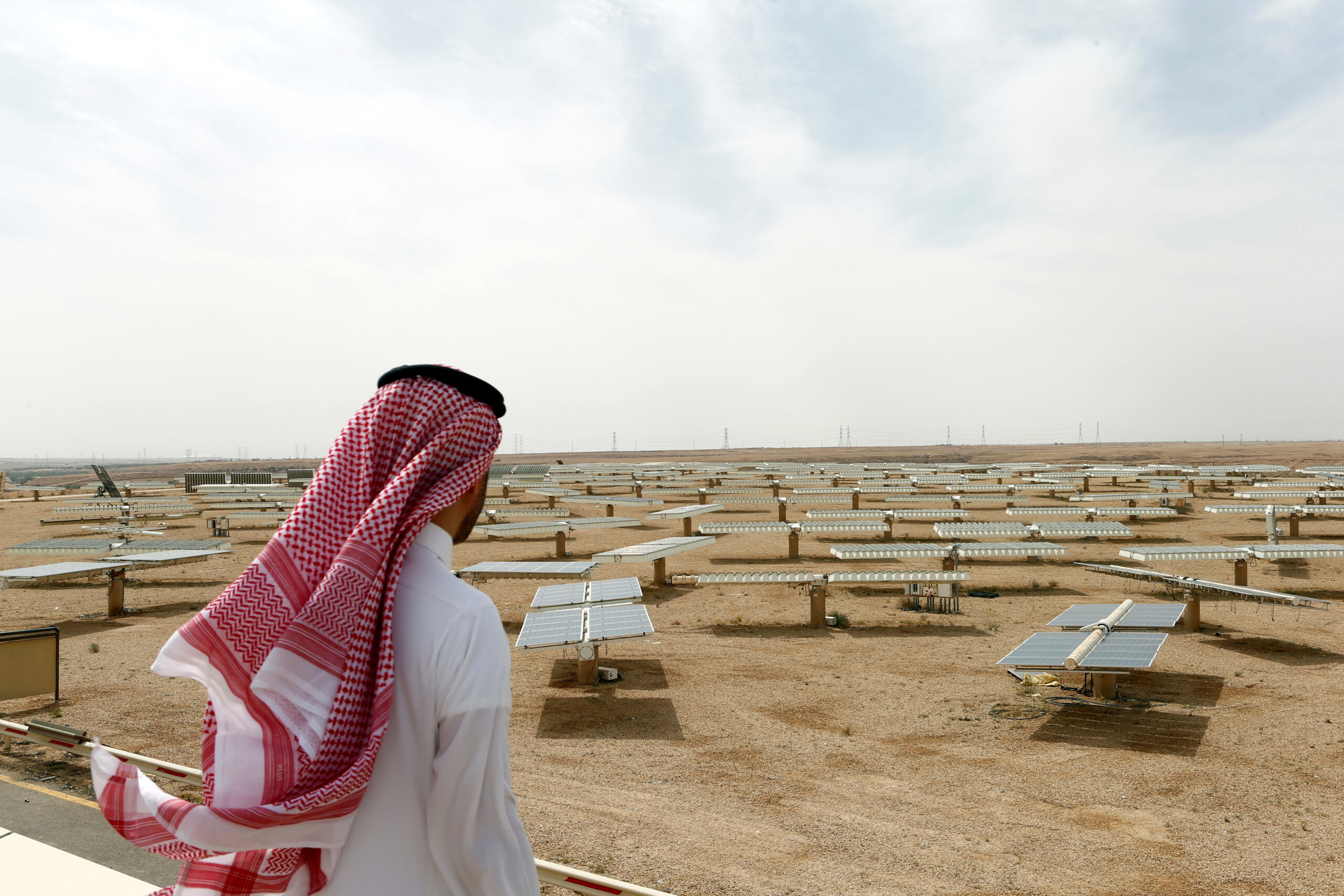The Gulf’s Carbon Reckoning
As Gulf states reconcile fossil-fuel dependency with a transition to low-carbon energy systems, success will depend on their ability to integrate technology, carve out strategic market positions, and implement robust carbon governance reforms – such as emissions tracking and enforcement mechanisms.
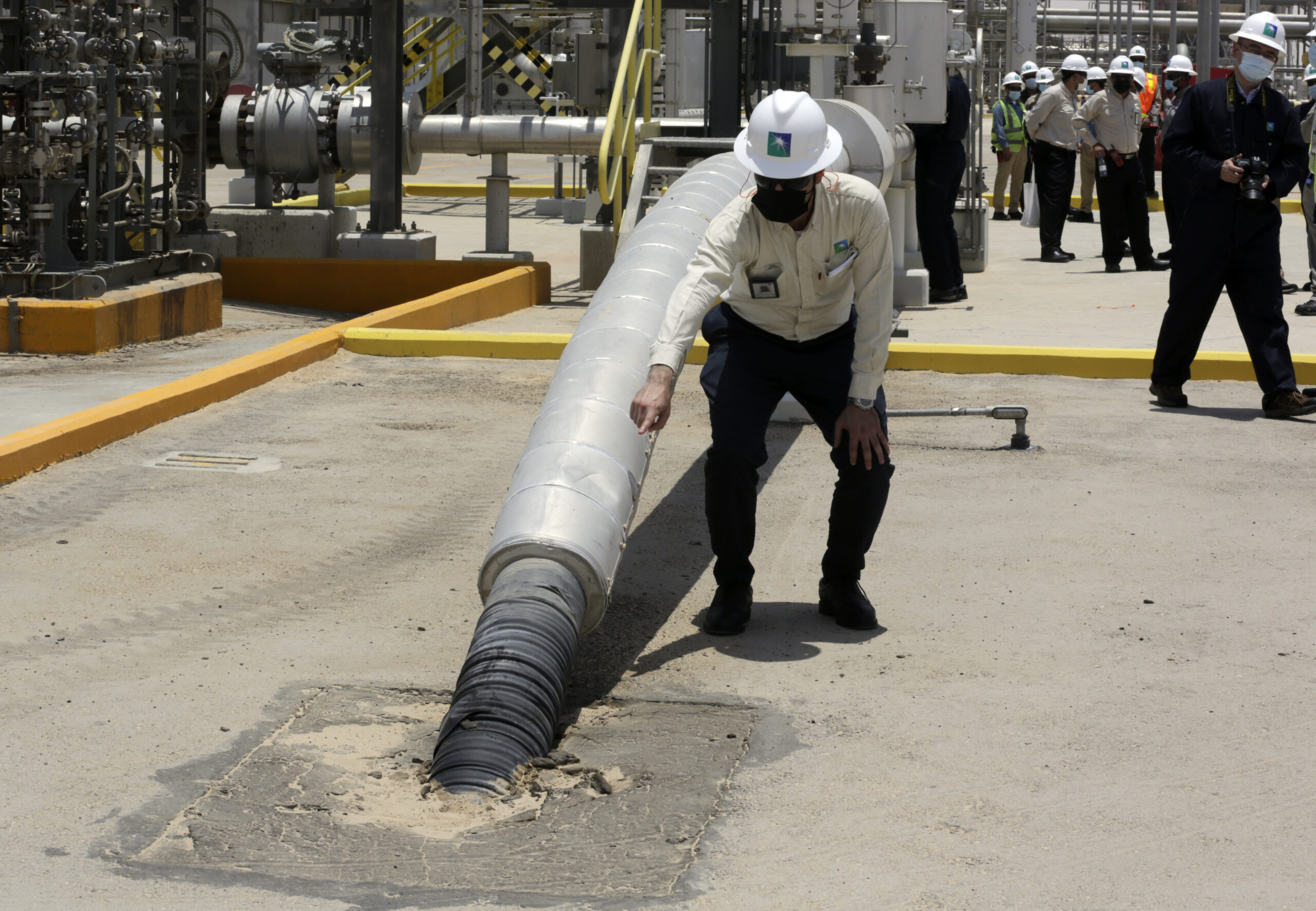
As the global energy landscape pivots toward decarbonization, Gulf states long dependent on hydrocarbon revenue face a strategic challenge. They must reconcile fossil-fuel dependency with a transition to flexible, low-carbon energy systems. Technological integration, strategic market positioning, and governance reform will determine whether Gulf economies merely adapt or lead.
As the global energy transition accelerates, hydrocarbons are increasingly judged not only by price or availability but by their carbon footprint across the entire value chain. Gulf exporters are responding by developing carbon certification schemes for hydrogen and hydrocarbons, but the stakes go beyond compliance. Control over carbon metrics is fast becoming a form of strategic energy sovereignty with technological integration, strategic market positioning, and governance reform key determinants of success.
The European Union’s Carbon Border Adjustment Mechanism is an early example of how carbon-related tariffs and certification frameworks are reshaping global trade. Though it currently targets high-emission sectors, such as steel and cement, it is expected to expand to energy markets including liquefied natural gas, hydrogen, and eventually oil. In Asia, major LNG importers have already begun requiring cargo-level carbon certification. These shifts mark a new reality in which the emissions profile of a shipment may determine its market access and price premium.
However, global carbon standards remain fragmented. There is still no unified definition of “low-carbon LNG” or “clean hydrogen.” In this regulatory vacuum, Gulf producers risk being boxed into conflicting certification regimes and labeled “dirty” by default, even when their products are relatively low emission. Without regionally recognized benchmarks, exporters may face higher costs, lower flexibility, and reduced competitiveness.
This is no longer just a technical challenge, it is a strategic one. International energy majors, such as Shell and TotalEnergies, are already building internal certification systems to meet evolving European rules. Gulf national oil companies, despite major investments in blue hydrogen, carbon capture, utilization, and storage, and methane abatement, are lagging behind in defining the rules that will ultimately judge the value of those investments. To remain relevant and competitive, Gulf countries must move from passive compliance to proactive leadership in carbon certification.
Technological Integration: The CCUS-Renewables Nexus
The Gulf is emerging as a global leader in carbon capture, utilization, and storage. Together, Saudi Arabia, the United Arab Emirates, and Qatar operate roughly 3.7 million metric tons of carbon dioxide per year of capture capacity (about 10% of the global total) with operational facilities in Jubail, Abu Dhabi, and Ras Laffan. Saudi Arabia’s Jubail hub, targeting 9 mt/y by 2027 and up to 44 mt/y by 2035, and the Abu Dhabi National Oil Company’s expansion reflect how CCUS is being incorporated as core infrastructure rather than serving as just experimental pilot projects.
However, CCUS alone isn’t enough. It must be paired with low-carbon energy – solar, nuclear, blue hydrogen – to manage the high-energy and water demands of capture processes. Gulf roadmaps emphasize hub-like configurations in Abu Dhabi, Neom, and Ras Laffan, linking CCUS to renewables and hydrogen production.
Market Positioning and Carbon Competitiveness
Global carbon border adjustment mechanisms are making production transparency a critical requirement. Gulf exporters are now moving quickly to establish carbon certification systems for both hydrocarbons and hydrogen. With the EU preparing to implement its Carbon Border Adjustment Mechanism covering steel, aluminum, and hydrogen, aligning with these standards has become essential to maintain market competitiveness.
On the diversification front, more than 100 gigawatts of renewables are planned in the Gulf Cooperation Council states. Strategic local-content rules, particularly in Saudi Arabia, and international partnerships, particularly in the UAE, demonstrate a shift toward tangible industrial frameworks. Questions remain, however, over whether these efforts can match incumbent clean technology producers in cost and speed.
Governance: From Domestic Policy to Global Standards
Infrastructure must be complemented by governance. Early moves in the Gulf include pilot carbon-pricing and performance-linked emissions standards. Yet sustainable systems need alignment with global emissions accounting, Carbon Border Adjustment Mechanism compliance, and methane regulation. More than 150 countries, among them Saudi Arabia, the UAE, and Qatar, joined the Global Methane Pledge in 2021, committing to collectively reduce methane emissions by at least 30% by 2030. While there has been some progress, much more needs to be done to achieve the target. The International Energy Agency, in its latest methane tracker, noted that while there has been some momentum behind the drive to lower methane emissions, so far, “few countries or companies have formulated real implementation plans for these commitments, and even fewer have demonstrated verifiable emissions reductions.”
For gas exporting countries, such as Qatar and the UAE, tackling methane emissions is crucial if they are to retain market share in LNG.
Strategic Pathways for Gulf Energy Flexibility
A number of strategic actions can anchor the Gulf energy transition. These include development of CCUS-powered energy hubs and integration of high-capacity CCUS with solar, nuclear, or hydrogen to moderate carbon capture costs and reduce emissions intensity.
To meet the EU’s Carbon Border Adjustment Mechanism requirements, the Gulf states should institute a carbon certification system that can be achieved by building Gulf-specific systems for hydrocarbons and hydrogen, another growth sector in the GCC states, particularly in Oman and Saudi Arabia.
The Gulf states will also need to scale up domestic clean industrialization by adapting manufacturing and exports to transition from dependency on fossil fuels to clean technology. At the same time, they will need enhanced regulatory consistency through coherent carbon pricing, emissions thresholds, and clean energy incentives.
Public acceptance is also critical, especially for unfamiliar technologies like CCUS. Studies show public trust hinges on transparent communication, engagement, and credible safety assurances. This can be achieved by launching public engagement campaigns and sharing performance data to cultivate community trust in new clean-tech infrastructure.
The Gulf’s energy future will not be defined by a binary choice between hydrocarbons and renewables. Instead, success will hinge on the region’s ability to blend its existing strengths in fossil fuels with new technologies and governance tools that support a lower-carbon future. Flexibility, credibility, and institutional innovation will determine whether the Gulf remains an energy leader or is relegated to a position of reactive compliance.
The region’s advantages are clear: access to capital, centralized decision making, growing experience with CCUS, and the physical potential for large-scale carbon storage. But the most critical assets may now be intangible – credibility, transparency, and the ability to help define the global rules of the energy transition.
The true “battleground” of the global energy economy is no longer about who controls the most barrels of oil or the largest LNG export terminals. It is about who writes the standards that define carbon value, who certifies that value, and who holds the trust of importers and financiers alike.
Without greater Gulf participation in carbon governance, international actors may continue to develop fragmented and inconsistent standards that overlook local emissions data, fuel types, and mitigation efforts. In such a scenario, Gulf hydrocarbons can be labeled “dirty” regardless of their actual carbon performance. But if Gulf states move decisively – by investing in regional carbon certification platforms, co-developing standards with Asian partners, and embedding carbon accountability into national institutions – they can shift the narrative and establish themselves as essential architects of the emerging energy order.
The choice is no longer just whether to decarbonize. It is whether to shape the metrics that define decarbonization – or be shaped by them.
The views represented herein are the author's or speaker's own and do not necessarily reflect the views of AGSI, its staff, or its board of directors.



